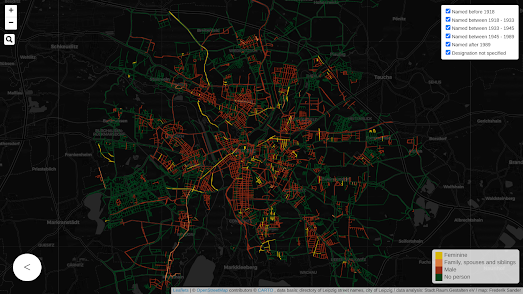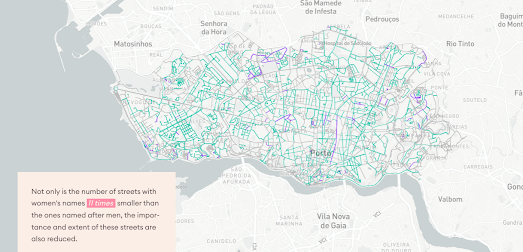The map above shows the size of the Langjökull and Hofsjökull glaciers at the end of the 19th Century (yellow line) and in 2019 (red line). Glaciers in Iceland have in total shrunk by more than 2200 km² since the end of the 19th century. You can explore the extent to which each glacier has changed in size for yourself on the Icelandic Glacier Web Portal.
The Icelandic Glacier Web Portal displays measurements of Icelandic glaciers taken since 1890. The maps are based on a number of different sources. The Icelandic Glaciological Society have carried out measurements of the country's glaciers since the 1950's. Other institutions such as the Institute of Earth Sciences at the University of Iceland and the Icelandic Meteorological Office also carry out regular measurements of glacier mass and termini.
Using the portal's interactive map it is possible to view outlines of the extent of each of Iceland's glaciers at different dates from 1890-2019. In this way it is possible to explore how each glacier has changed in size over time. The interactive map on the portal uses the Leaflet.js mapping platform. As well as the glacier extents layer the map includes layers which show terminus measurements and historical photographs. All these layers are available as both #WMS and #WFS map tiles and can be used under a CC-BY 4.0 licence.
You can explore other powerful interactive visualizations of glacial melt in the Maps Mania post Melting Glaciers.







































